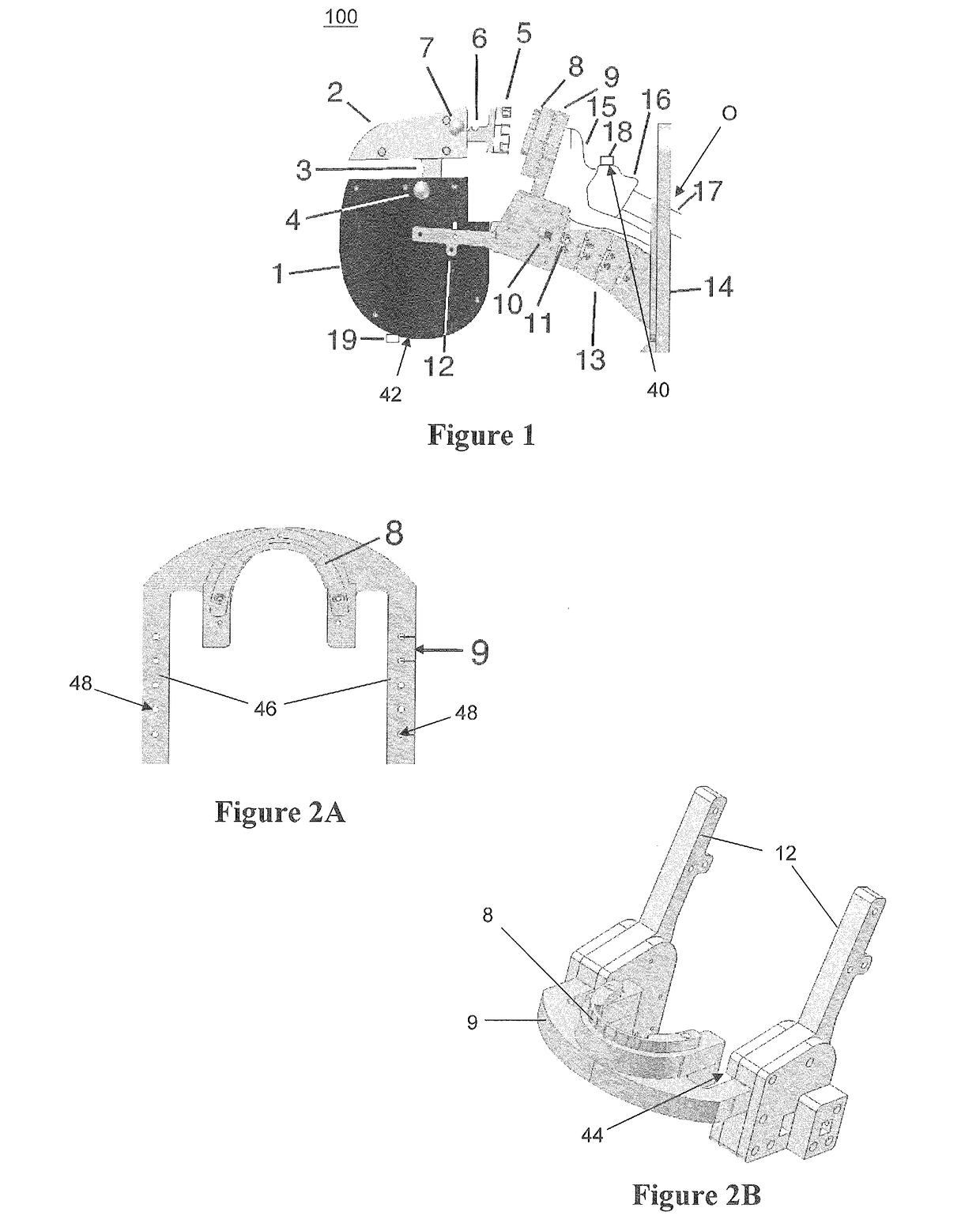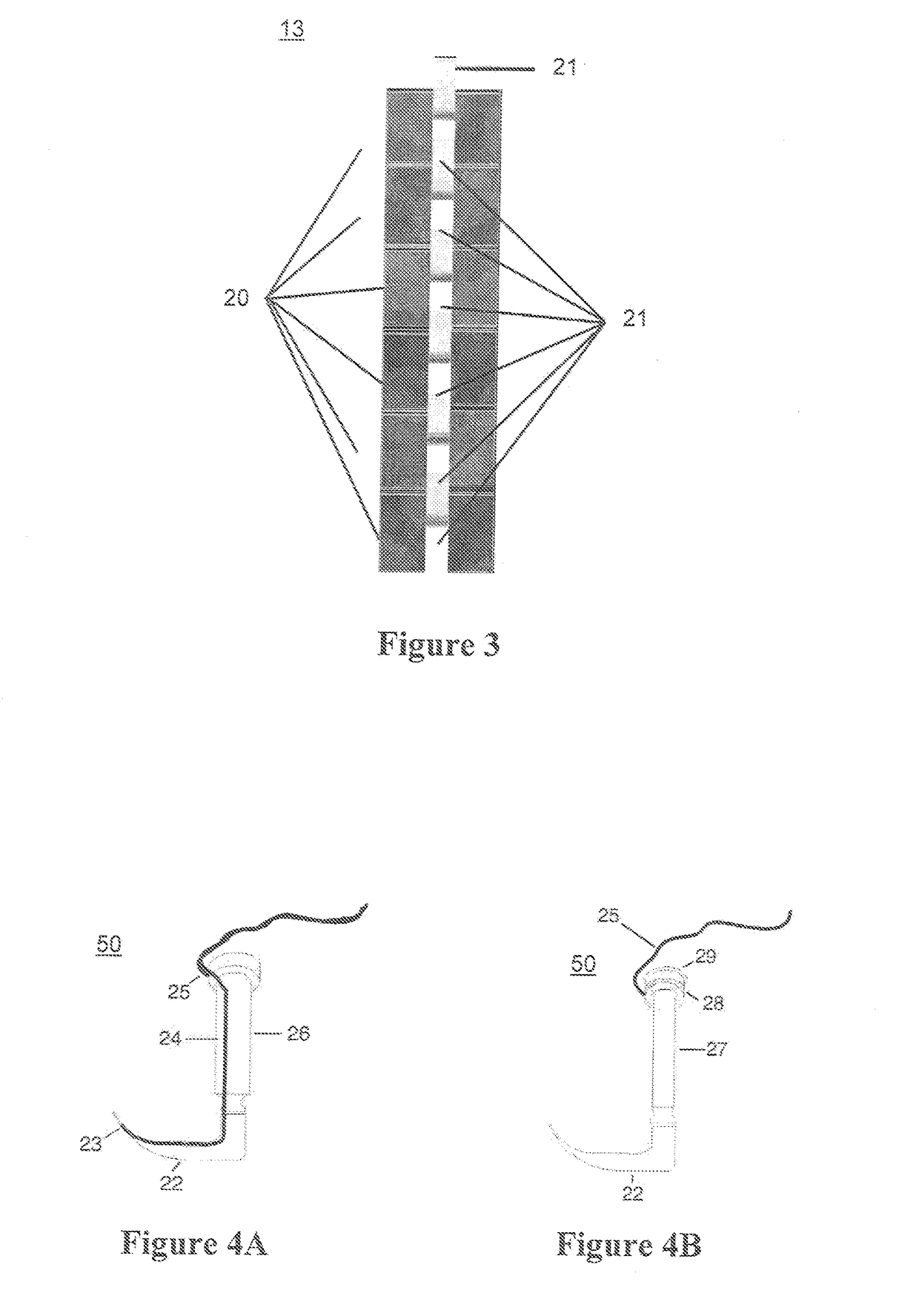Parametrically adjustable airway training mannequin with instrumented parameter assessment
a parameter assessment and parameter training technology, applied in the field of airway management training, can solve the problems of difficult intubation procedures, low oxygen levels, severe injuries,
- Summary
- Abstract
- Description
- Claims
- Application Information
AI Technical Summary
Benefits of technology
Problems solved by technology
Method used
Image
Examples
example 1
Comparison of Training with Models
[0085]The subjects were medical and paramedic students receiving training in airway management, laryngoscopy, and endotracheal intubation. Medical students and paramedic students were studied on different days. Written informed consent was obtained from all subjects. A power analysis was performed before the study to estimate the necessary sample size. The assumptions were a laryngoscopy success rate during the evaluation phase of 0.9 for students with the variable anatomy training versus 0.5 for students with 1 configuration training, based on a literature report that a change in model decreased success by almost 50%. A X2 test would need 24 subjects per group to detect that difference as significant at the 0.05 level with 80% probability, or 72 subjects altogether across the 3 study groups. The total number was 3 short of the target because 3 subjects who had been recruited were unable to participate. They were not replaced for reasons of convenie...
PUM
 Login to View More
Login to View More Abstract
Description
Claims
Application Information
 Login to View More
Login to View More - R&D
- Intellectual Property
- Life Sciences
- Materials
- Tech Scout
- Unparalleled Data Quality
- Higher Quality Content
- 60% Fewer Hallucinations
Browse by: Latest US Patents, China's latest patents, Technical Efficacy Thesaurus, Application Domain, Technology Topic, Popular Technical Reports.
© 2025 PatSnap. All rights reserved.Legal|Privacy policy|Modern Slavery Act Transparency Statement|Sitemap|About US| Contact US: help@patsnap.com



